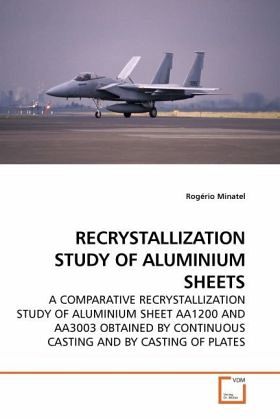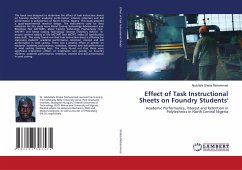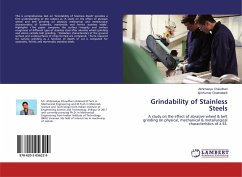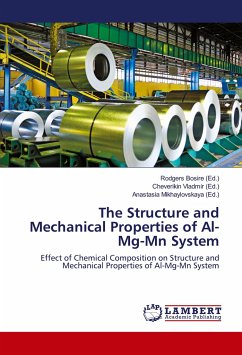
RECRYSTALLIZATION STUDY OF ALUMINIUM SHEETS
A COMPARATIVE RECRYSTALLIZATION STUDY OF ALUMINIUM SHEET AA1200 AND AA3003 OBTAINED BY CONTINUOUS CASTING AND BY CASTING OF PLATES
Versandkostenfrei!
Versandfertig in 6-10 Tagen
32,99 €
inkl. MwSt.

PAYBACK Punkte
16 °P sammeln!
The necessity of reducing production costs makes continuous casting more advantageous than plates process, however, the application of products obtained through continuous casting is limited by microstructural conditions. When continuous casting material follows a conventional process of hot-rolled plates, with intermediate annealing and hardness achieved by pre-defined reductions, the result is a plate with superficial appearance and performance in drawing harmed by coarse graining. To optimize the process, it is necessary to improve the knowledge of the phenomena of cold working, recovery, r...
The necessity of reducing production costs makes continuous casting more advantageous than plates process, however, the application of products obtained through continuous casting is limited by microstructural conditions. When continuous casting material follows a conventional process of hot-rolled plates, with intermediate annealing and hardness achieved by pre-defined reductions, the result is a plate with superficial appearance and performance in drawing harmed by coarse graining. To optimize the process, it is necessary to improve the knowledge of the phenomena of cold working, recovery, recrystallization and grain growth in addition to relating them to industrial processes. In this book, these issues were discussed and with the evolution of mechanical properties according to temperature, it was possible to determine the optimal range of heat treatment to obtain the desired hardness.












